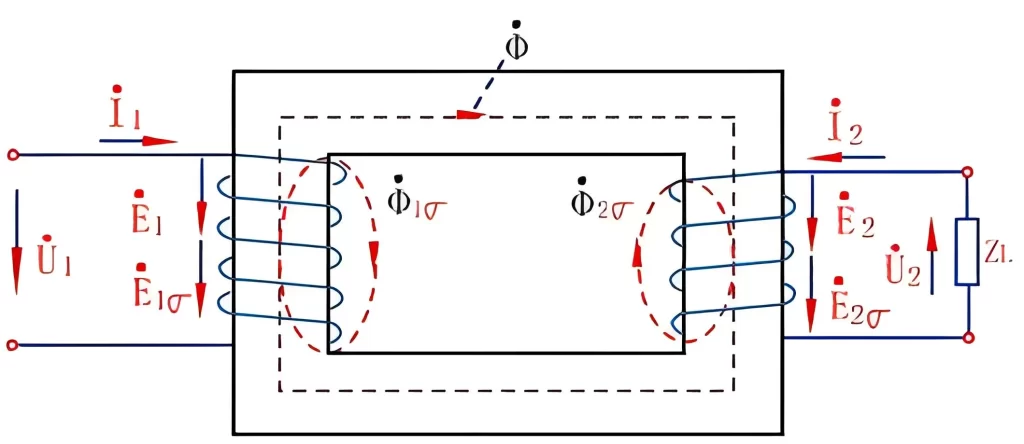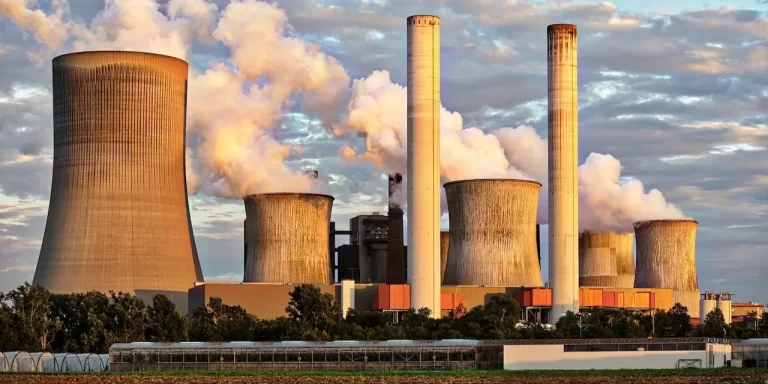Power transformers are an essential component of our electrical infrastructure, playing a crucial role in transmitting electricity efficiently and safely. But have you ever wondered how these complex devices actually work? In this blog post, we will explore the inner workings of a power transformer and shed light on its fascinating operation.

Table of Contents
What is a Power Transformer?
Before diving into the details, let’s start with the basics. A power transformer is a static electrical device that transfers electrical energy between two or more circuits through electromagnetic induction. It consists of two or more coils of wire, known as windings, which are wound around a laminated iron core.
How Does Electromagnetic Induction Work?
At the heart of a power transformer lies the principle of electromagnetic induction. When an alternating current (AC) flows through the primary winding, it creates a constantly changing magnetic field around the winding. This magnetic field then induces a voltage in the secondary winding, which is connected to the load.
Step-Up and Step-Down Transformers
Power transformers can be classified into two main types: step-up transformers and step-down transformers. A step-up transformer increases the voltage from the primary winding to the secondary winding, while a step-down transformer decreases the voltage. This allows for efficient transmission of electricity over long distances and enables us to use different voltage levels for various applications.
The Core: Enhancing Efficiency
The iron core in a power transformer serves a crucial purpose. It provides a low-reluctance path for the magnetic flux generated by the primary winding, allowing for efficient energy transfer. The laminated structure of the core reduces eddy current losses, ensuring minimal energy dissipation and maximizing the transformer’s efficiency.
Insulation: Ensuring Safety
Insulation is another vital aspect of power transformer design. It prevents electrical breakdown and ensures the safety of both the transformer and the people working with it. Insulating materials, such as oil or solid insulation, are used to separate the windings and provide electrical insulation between them.
Monitoring and Cooling
Power transformers require monitoring and cooling mechanisms to maintain optimal performance. Temperature sensors are installed to measure the transformer’s temperature, and cooling systems, such as fans or oil pumps, are employed to dissipate excess heat. This helps prevent overheating and ensures the transformer operates within its designed limits.
The Importance of Power Transformers
Power transformers are the backbone of our electrical grid, enabling the efficient transmission and distribution of electricity across long distances. They play a vital role in reducing energy losses and ensuring a stable supply of electricity to homes, businesses, and industries.
Understanding how power transformers work not only deepens our knowledge of the electrical systems that power our world but also highlights the importance of proper maintenance and care for these critical devices. By ensuring the reliable operation of power transformers, we can continue to enjoy the benefits of electricity in our daily lives.
So, the next time you switch on a light or plug in an electronic device, take a moment to appreciate the intricate workings of the power transformer that makes it all possible.
Reference: Transformer working principle- Wikipedia

